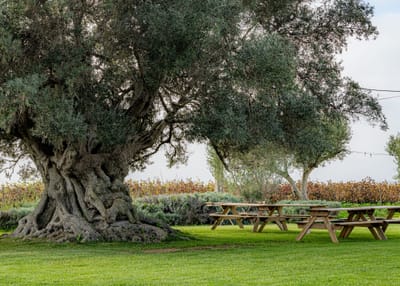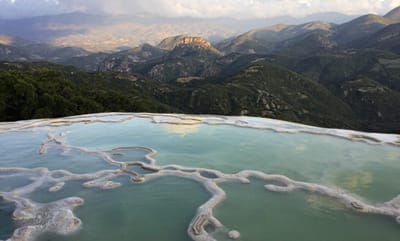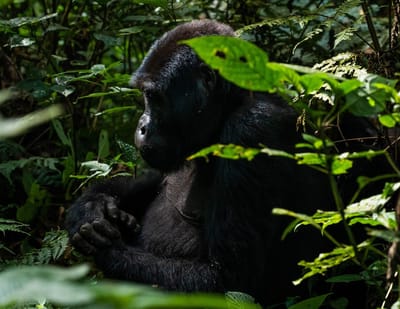Moving away from the capital, the landscape began to change in rural China, where everything looks quite different from the city. My destination, the Great Wall, was waiting two hours away from Beijing. On a hot summer day, I visited the Mutianyu segment, the best-preserved section of the Great Wall.
It is located 50 miles north of Beijing and is 3.4 miles long. It was initially built in the mid 6th century and later extended during the Ming Dynasty. For centuries, it's been the Northern protective shield, thanks to its outstanding quality and the most prominent construction scale among all the other Great Wall sections. This section has 23 original watchtowers, numbered 1 through 23 from east to west. There are two main entrances. If you go through the South entrance, you'll hike up to watchtower no. 8 or 6, while if you go through the North entrance, you'll arrive at no. 8 or 10. Also, you can take the cable car near the North entrance until tower no. 14. Upon arriving, you can hike southward or northward. The southward route has the Big Corner Tower and the grand Zhengguang Terrace. In contrast, the northward way has the most beautiful scenery. To descend, there's a third option; from tower no. 6, you can also take the toboggan down to the South entrance.
Dense vegetation covers the entire landscape with greenery, and between the mountains, you can see the curve of the wall interrupted by the watchtowers which, from a distance, look like small chess pieces. Touring the 23 towers takes time, but it is totally worth it. Getting away from the main towers allows oneself to enjoy the wall alone, and away from the crowds. After watchtower no. 16 there were fewer and fewer people. And by tower no. 18, it seemed as if the entire wall was for me. I could observe the years that had passed through the bricks and the stubborn grass between the nooks and cracks.
Some parts are a little more challenging to climb. They get so steep that it seems almost like climbing. But the payoff is spectacular views. Most people stop when they reach the nineteenth tower, since between no. 19 and 20, it's the hardest section to climb. Going up, I didn't notice how far away I was. But when I reached the highest point and looked back, I could see the most magnificent landscape. The views were astonishing, the density of the vegetation covering the scene entirely. The wall stretched long and majestic, getting lost among the mountains and blurred between the different shades of green.
But this is not how it looks all year round. The Pantone tones of this famous landmark change with the seasons. And so I believe the experience changes as well, from blooming Spring to chilly Winter, the Great Wall changes its hues throughout the year.
Spring

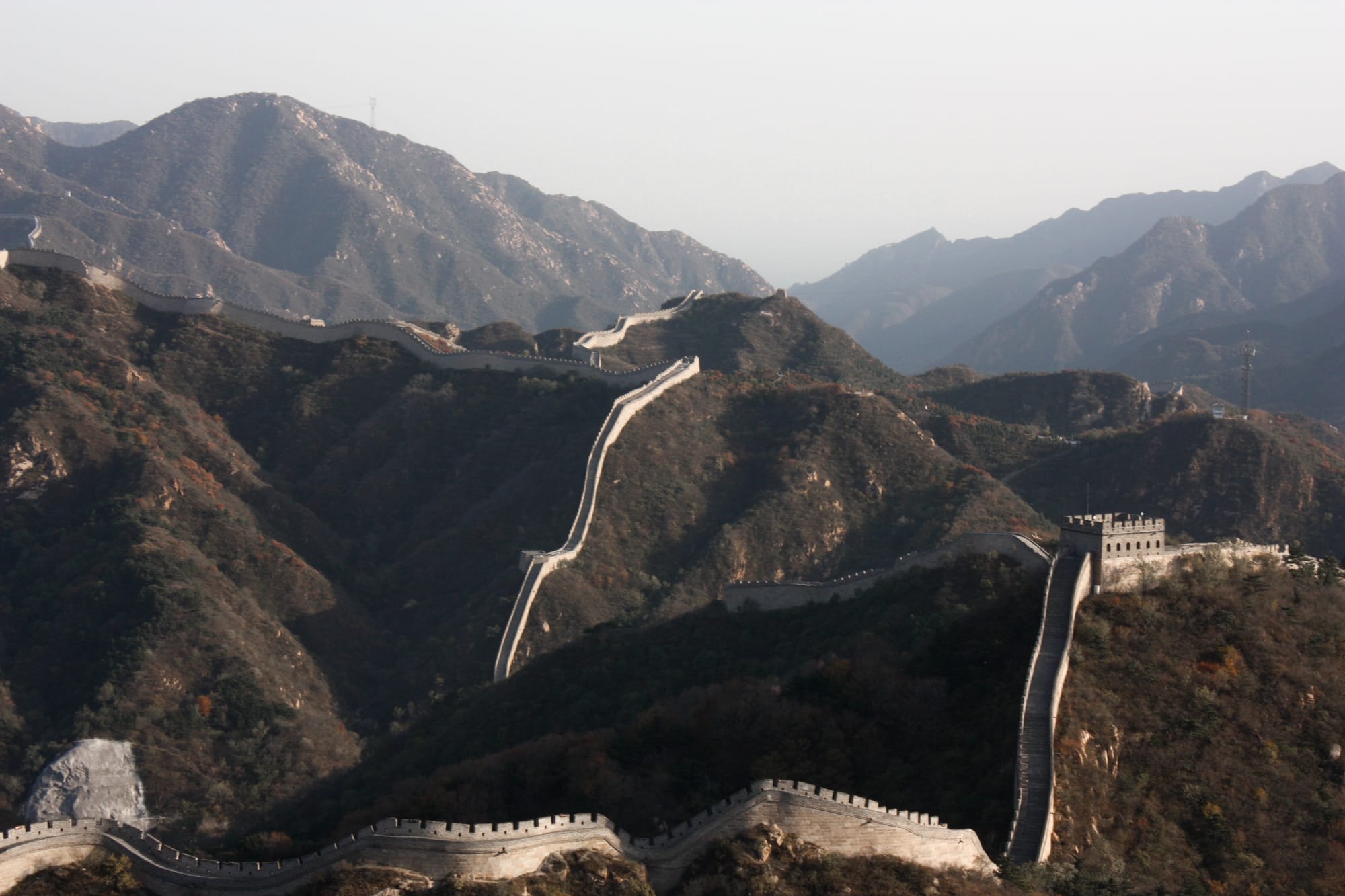
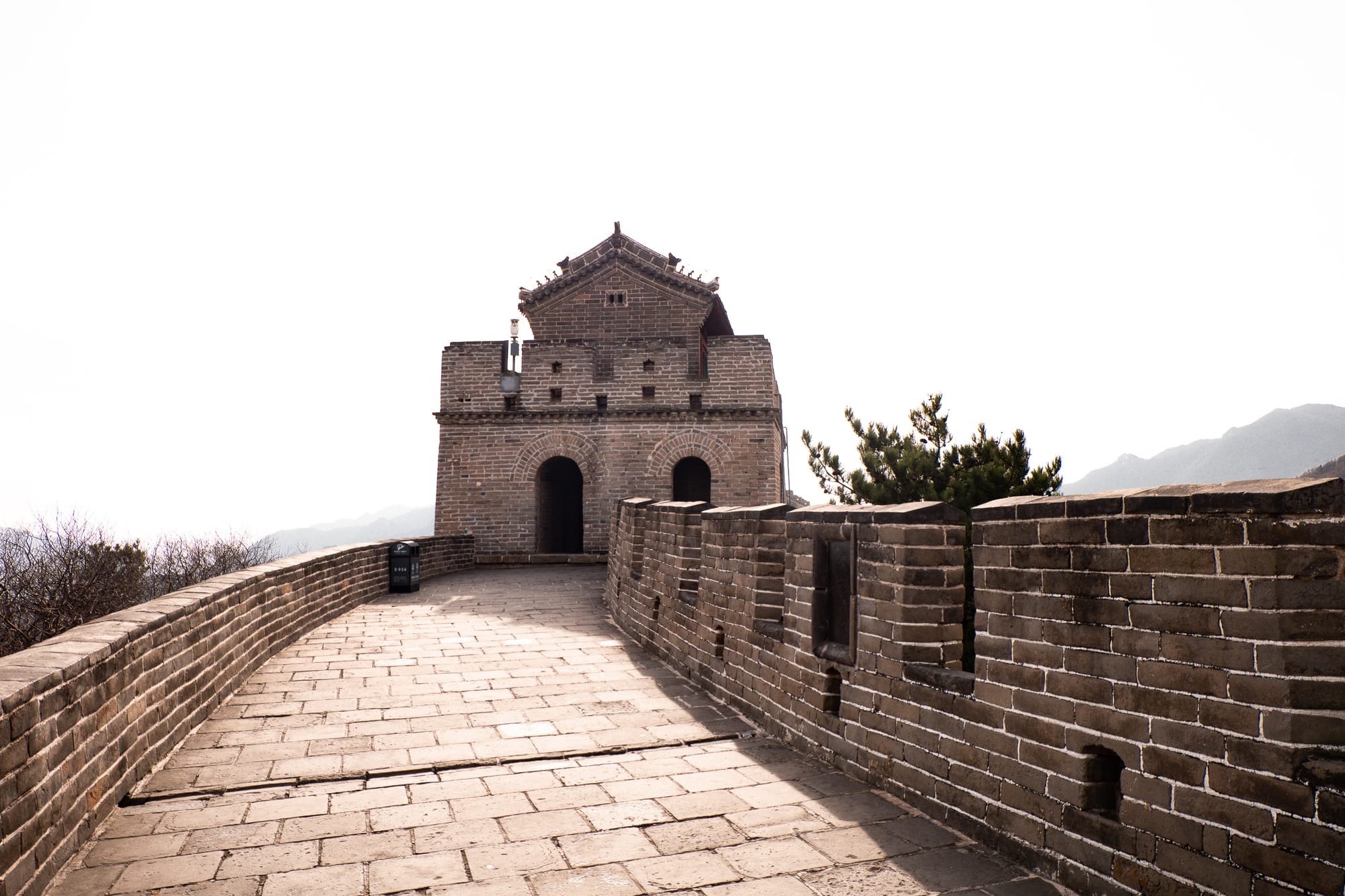
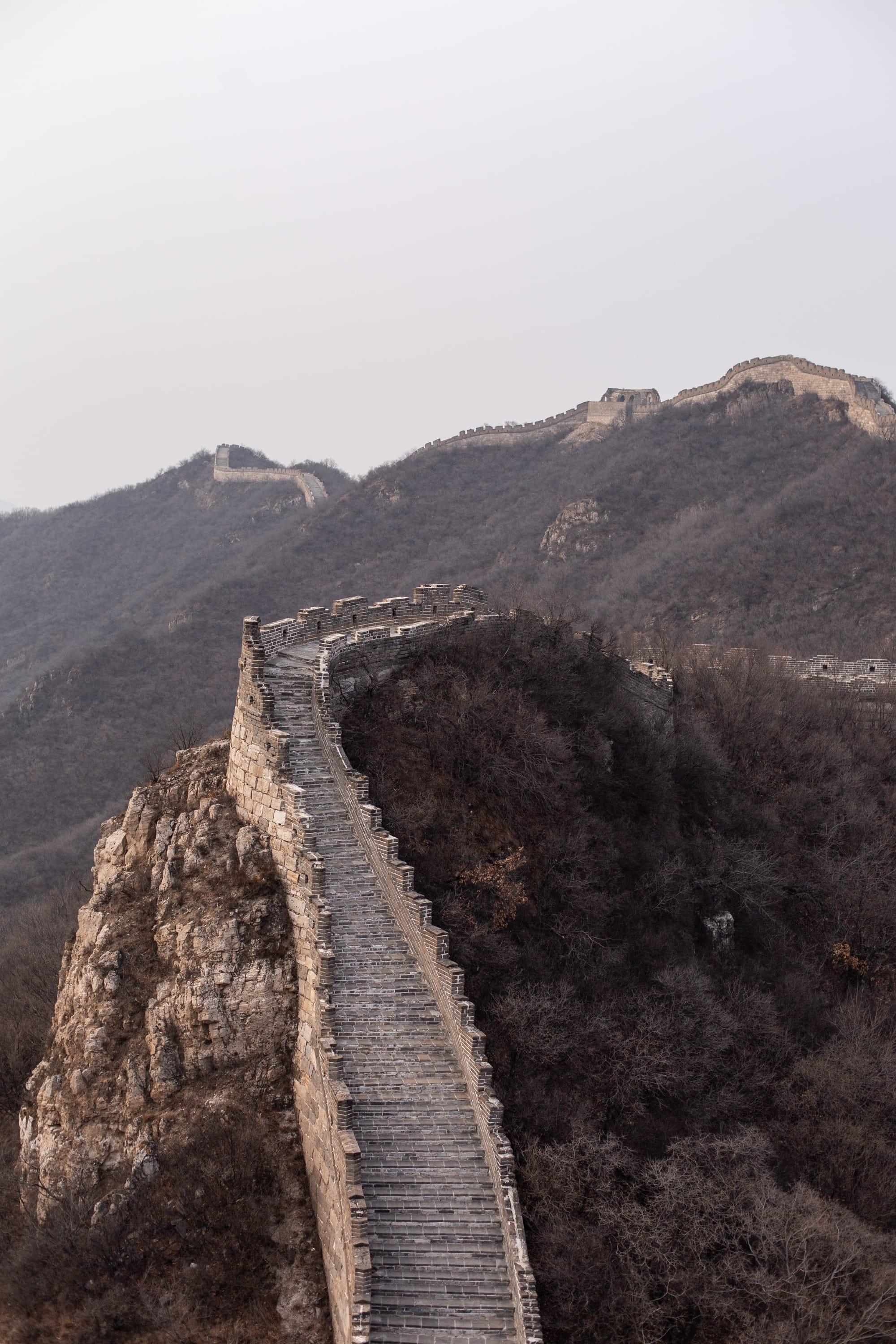
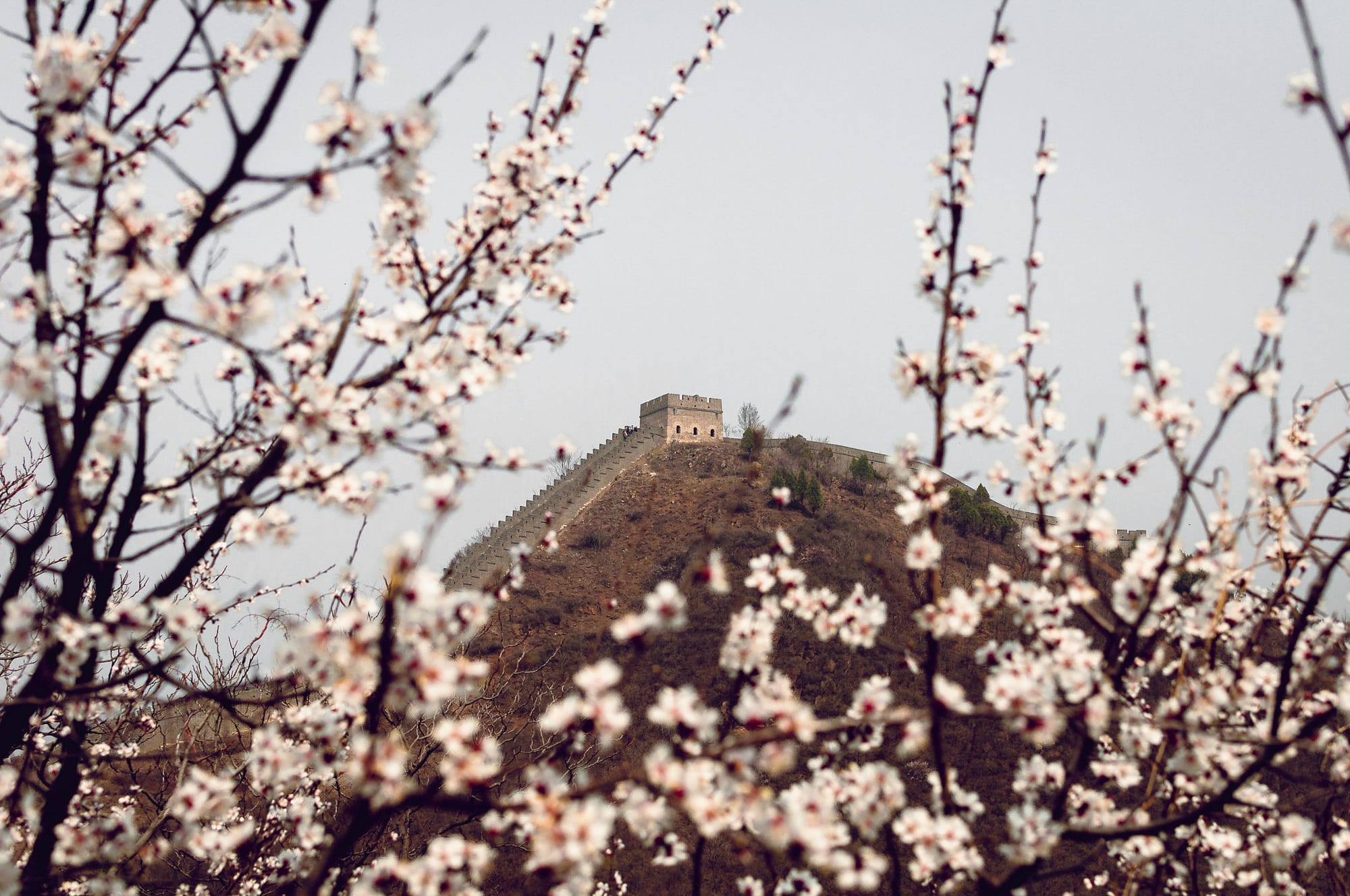
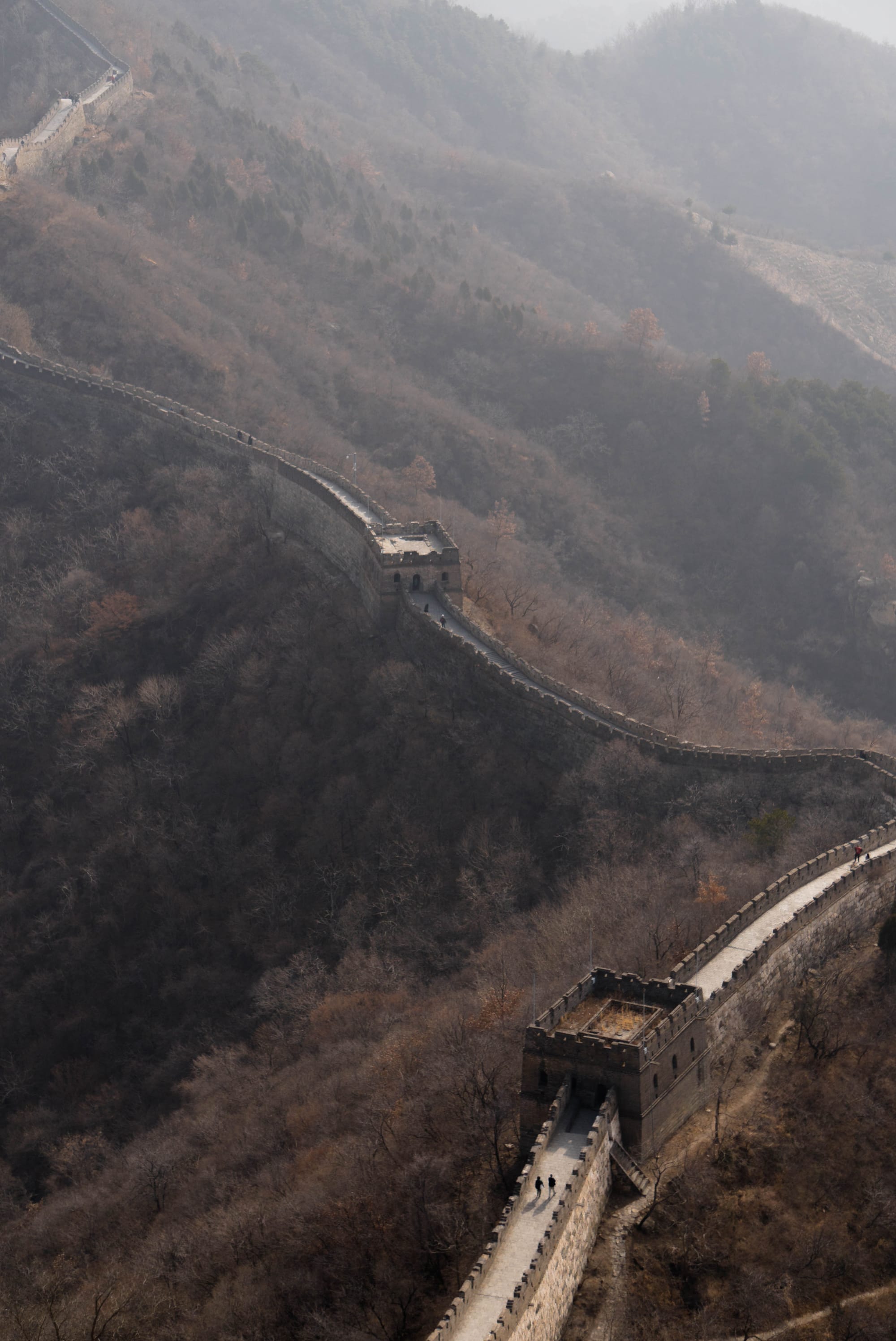
During Spring, the blooming trees give the environment sparkles of color through the dark thick branches that come to life once again with the season.
Summer
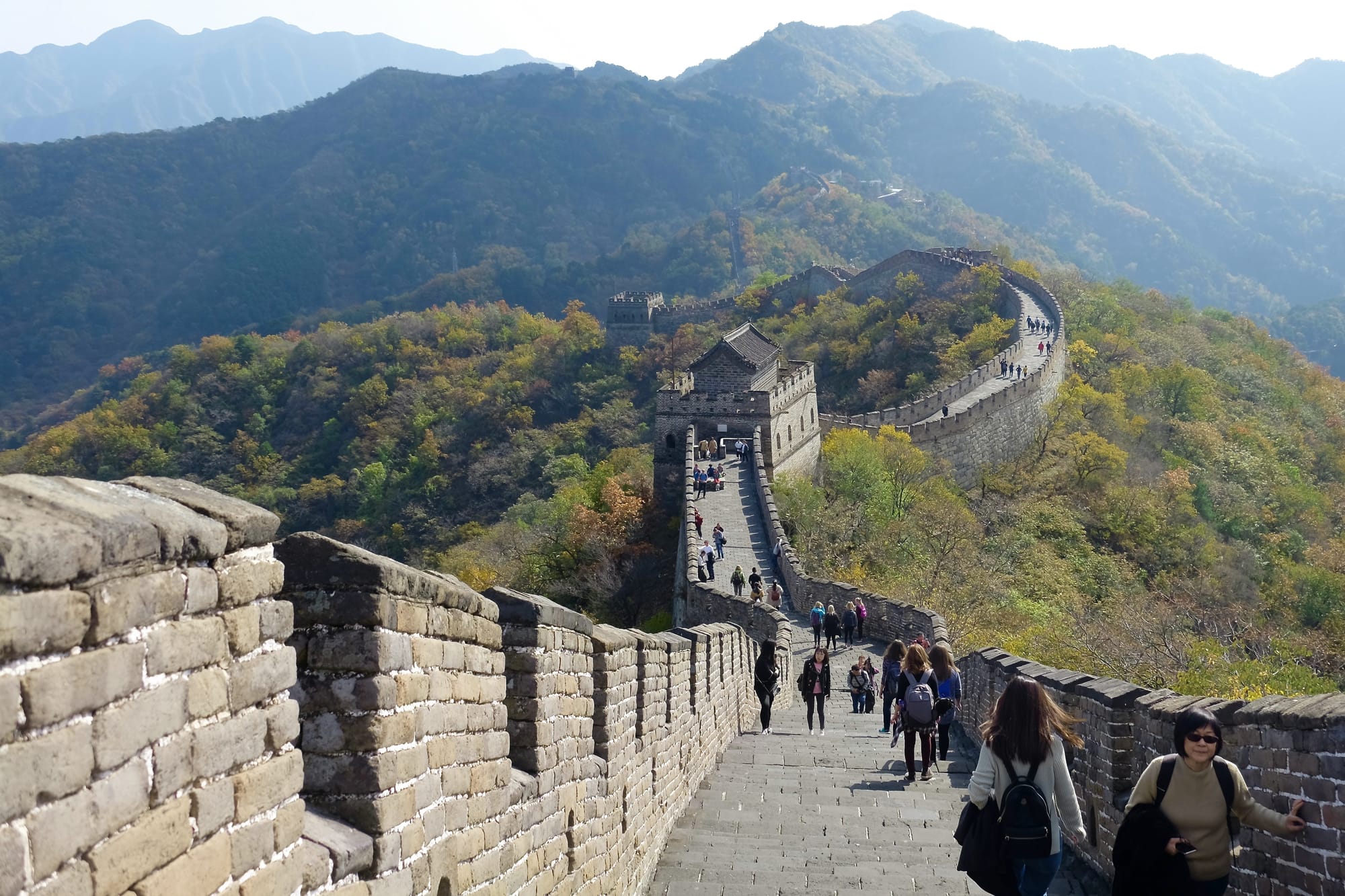
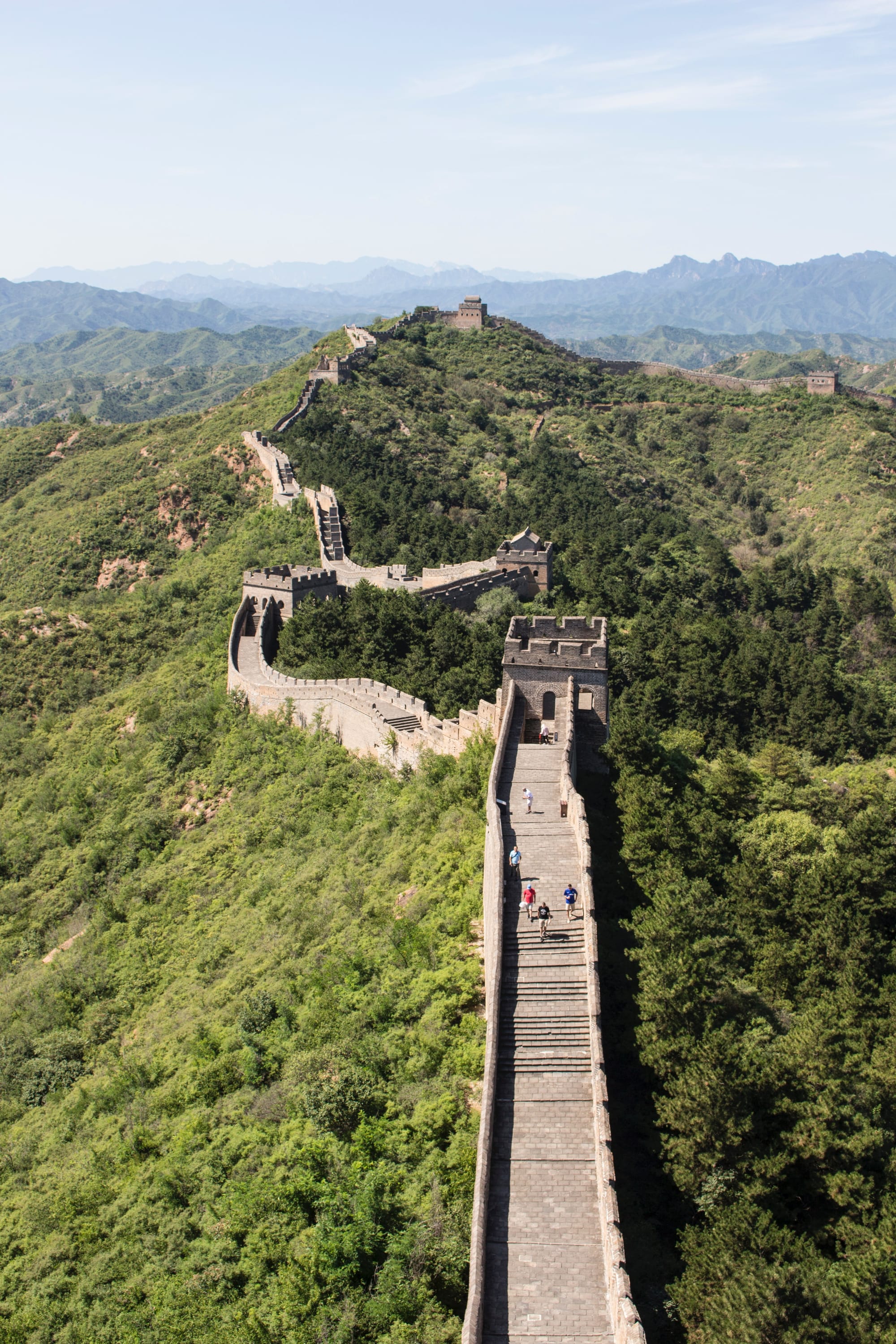

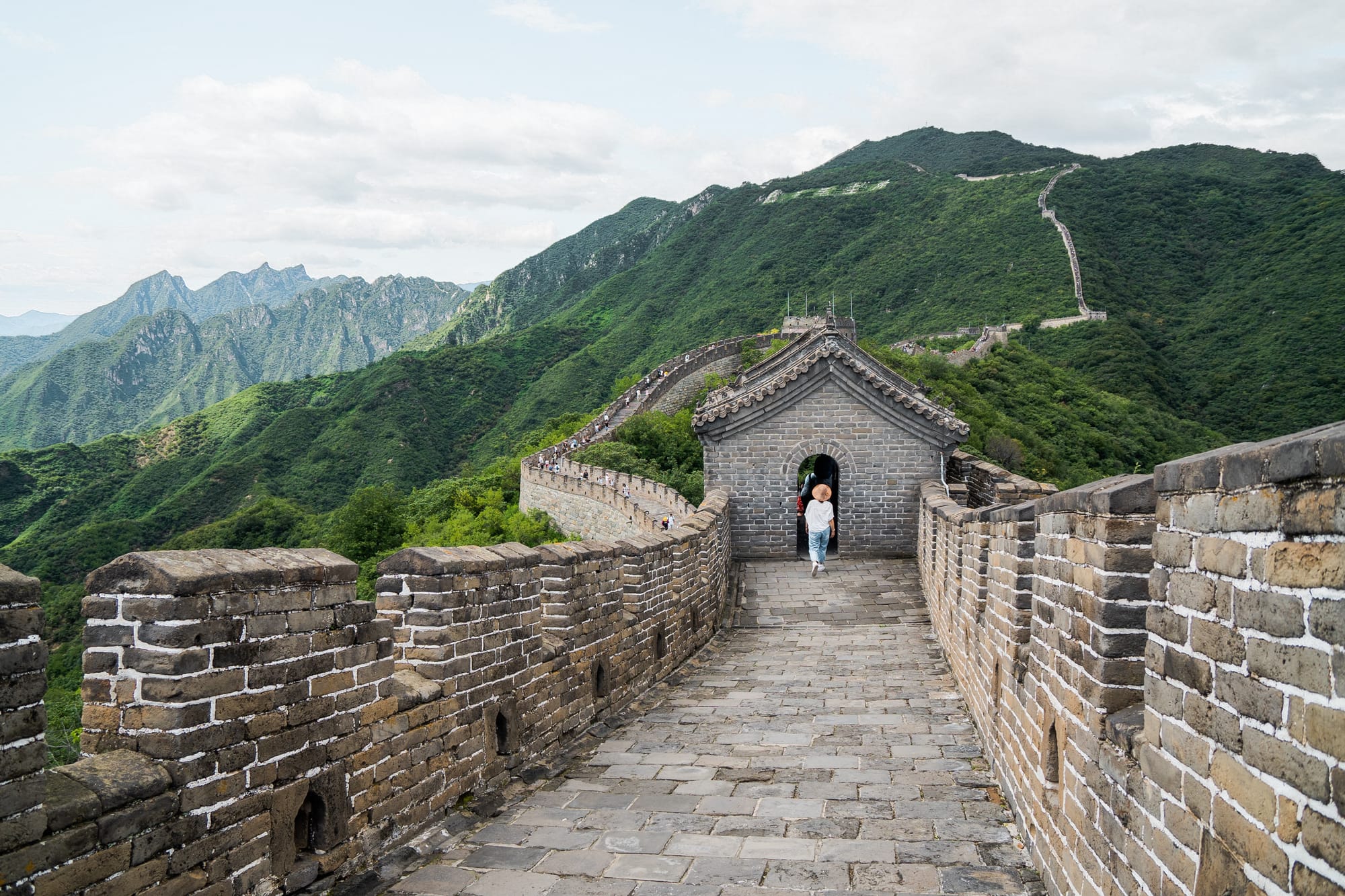
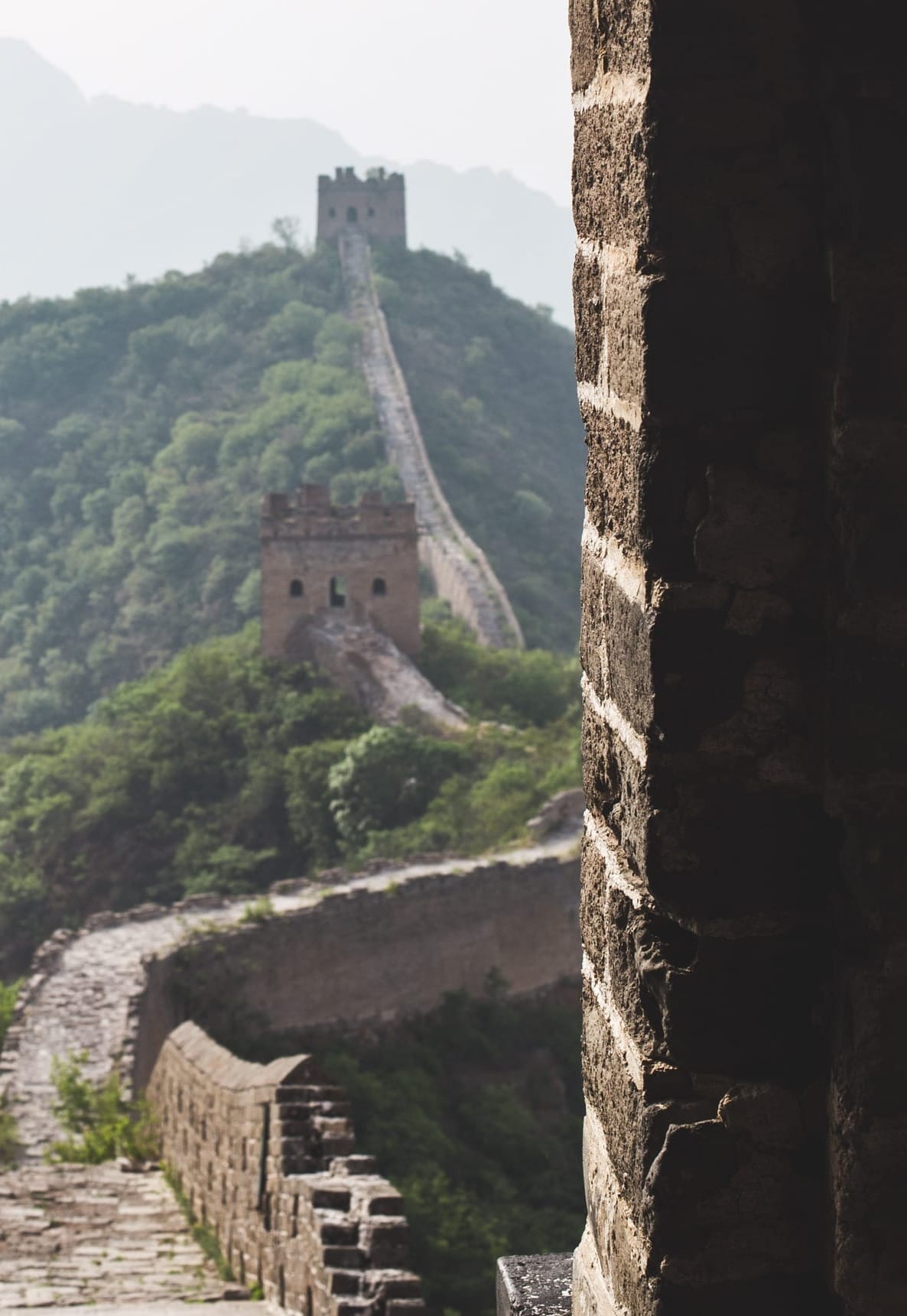

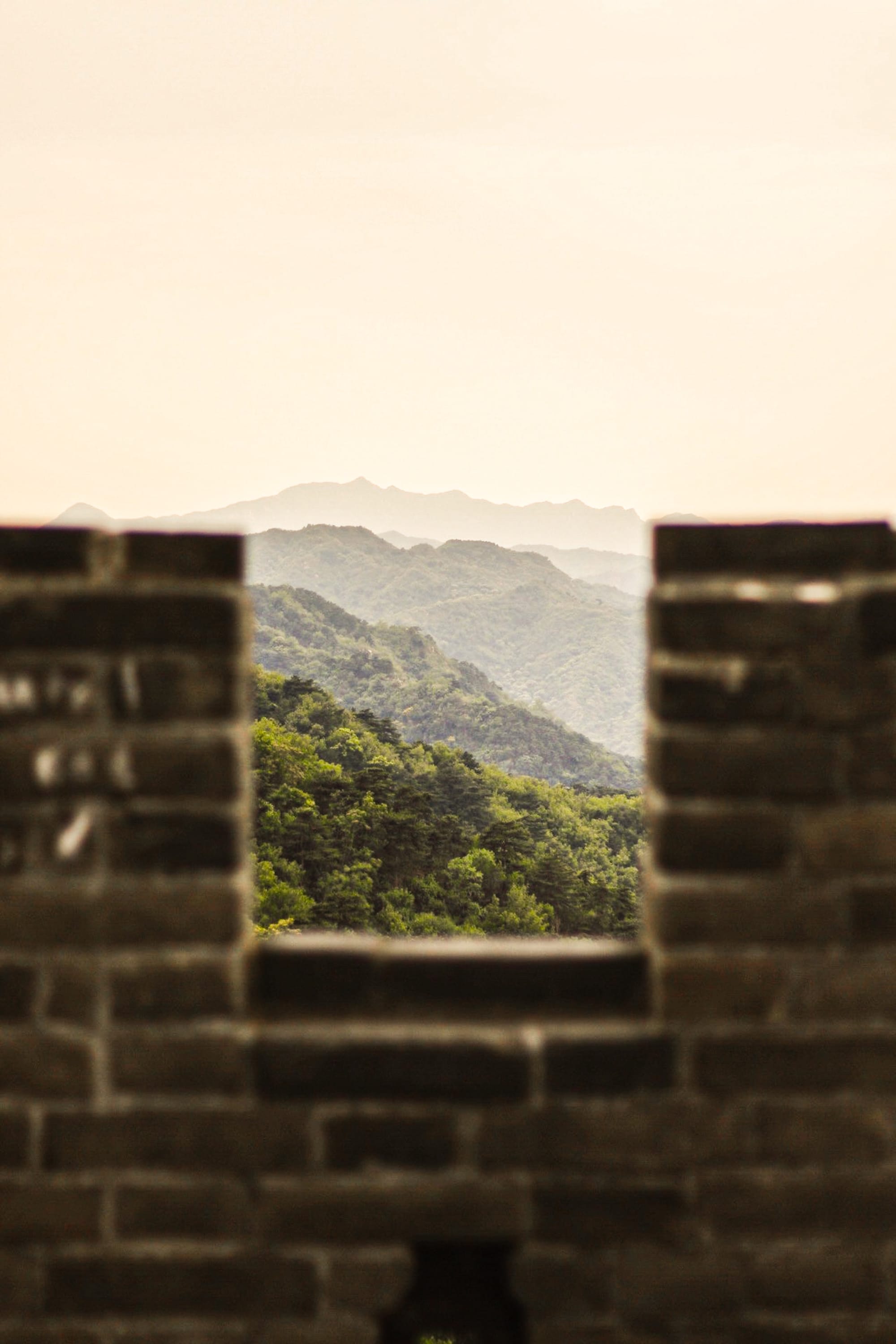
In Summer, a vivid green covers the landscape, letting the Great Wall stand out like a serpent dragon sliding down through the mountains. It's hot, and you can feel the humid air drenching your skin, but the view is astonishing.
Autumn

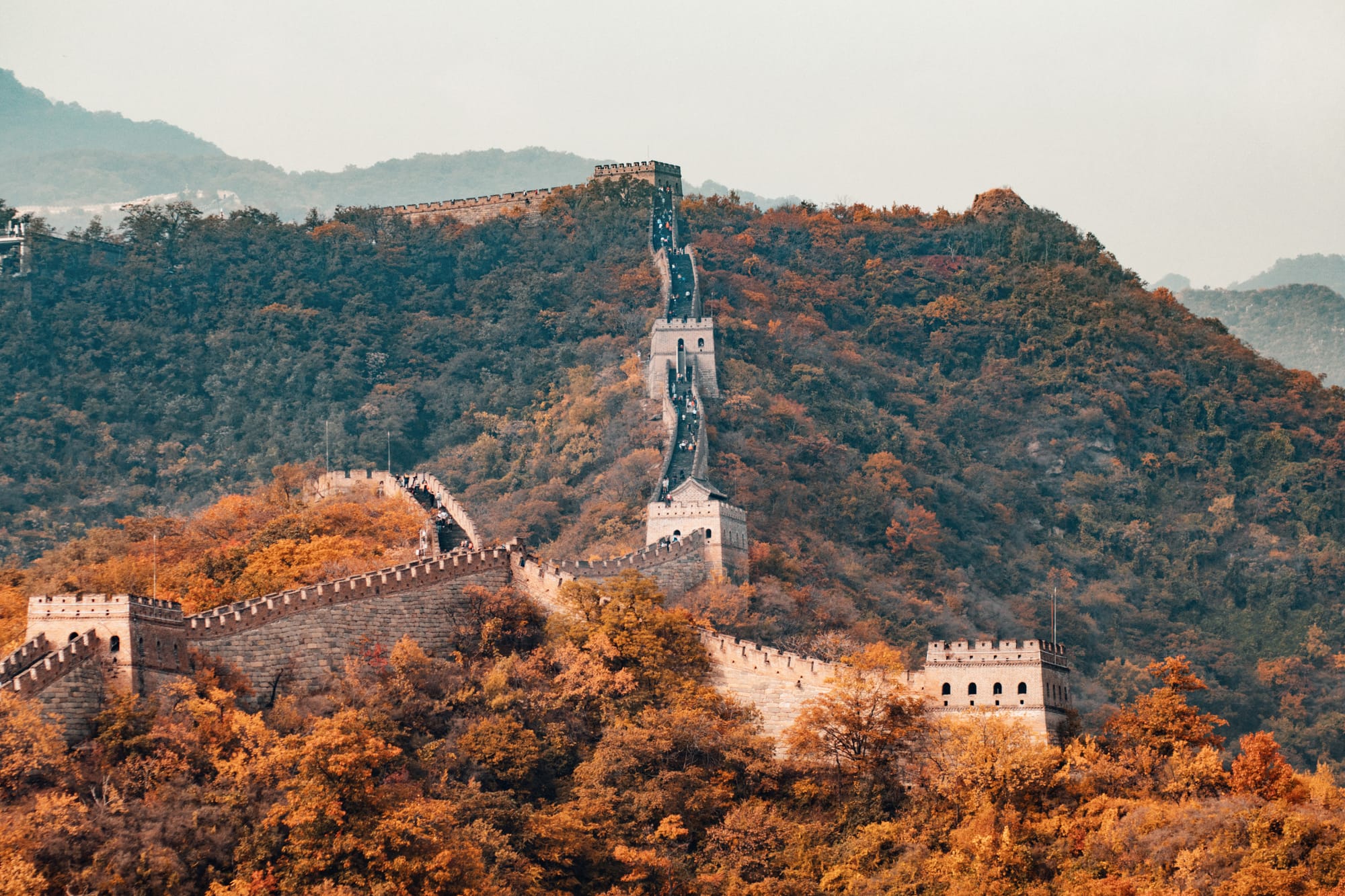
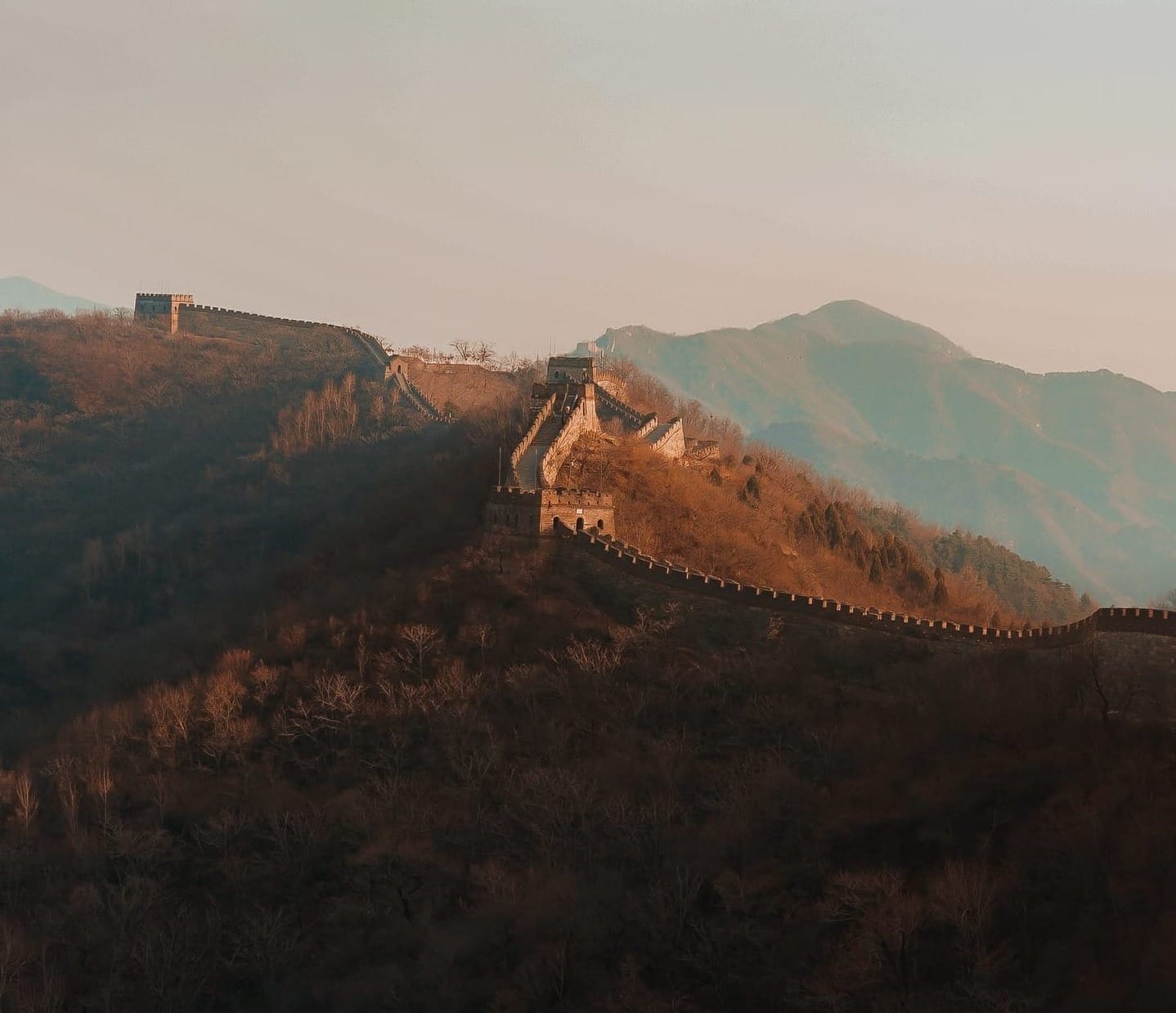
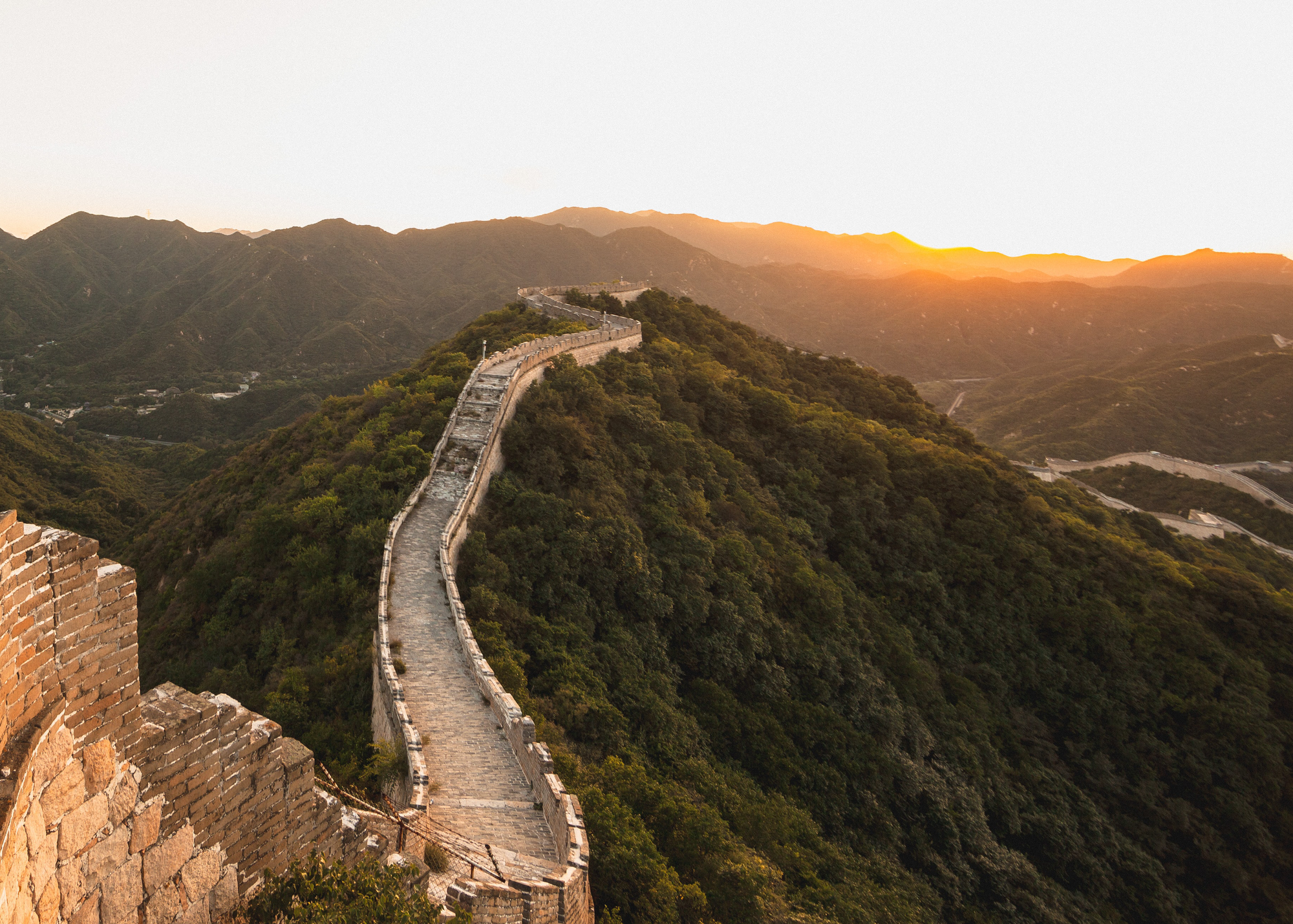

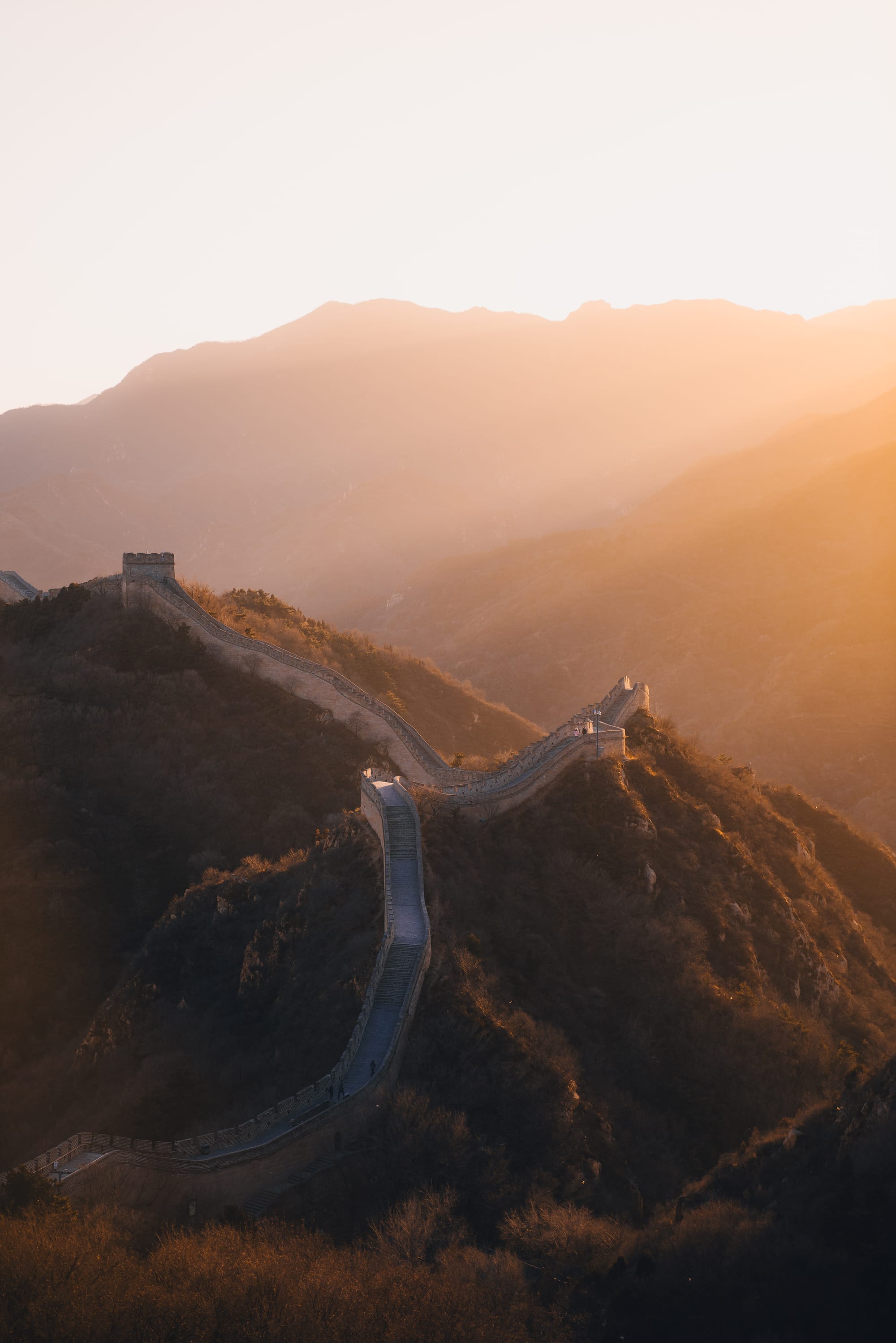
Late Autumn lets the orange tones mix in with the green, and during the golden hours, it seems as if the rays of sun blend into the landscape.
Winter
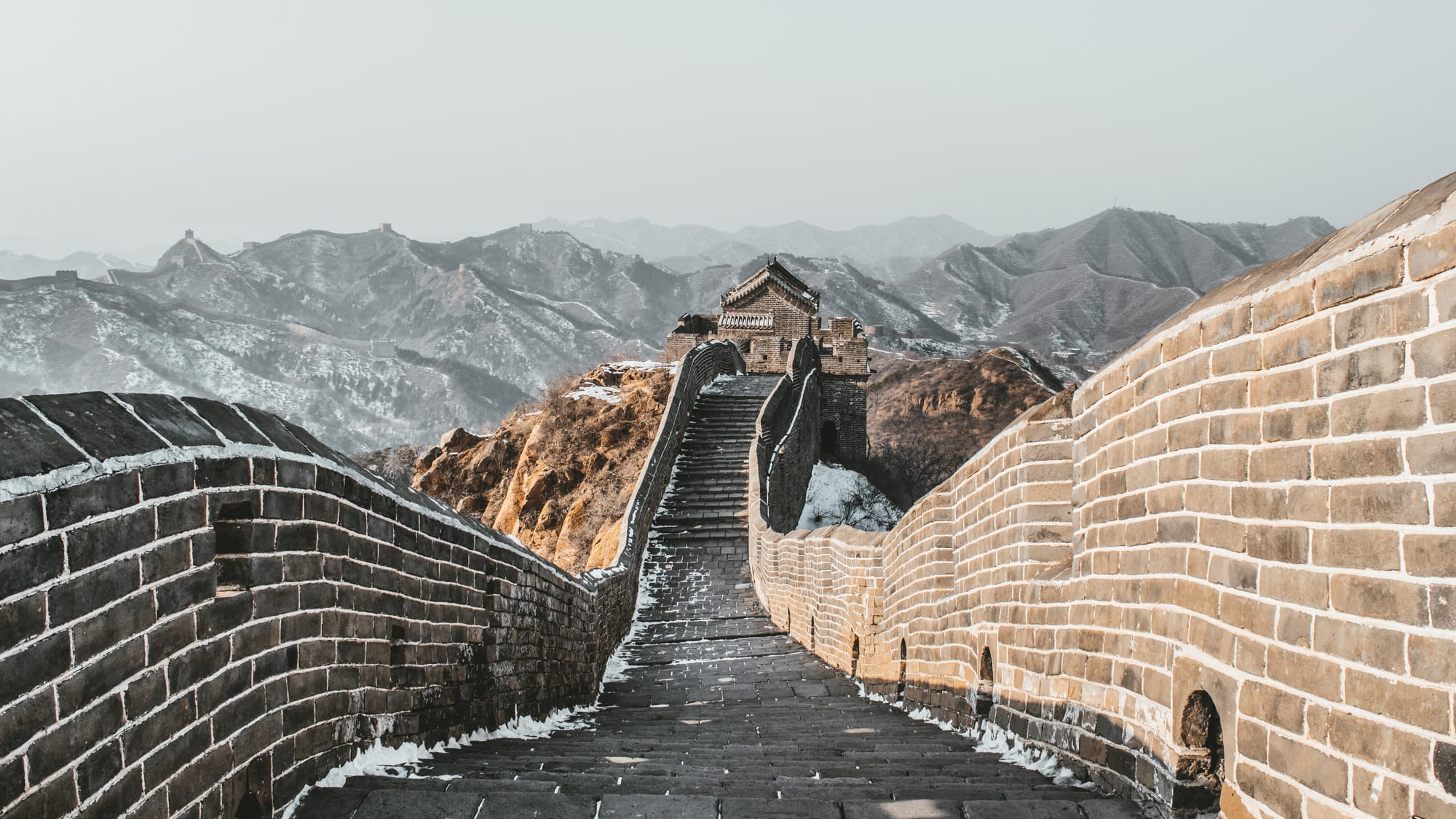
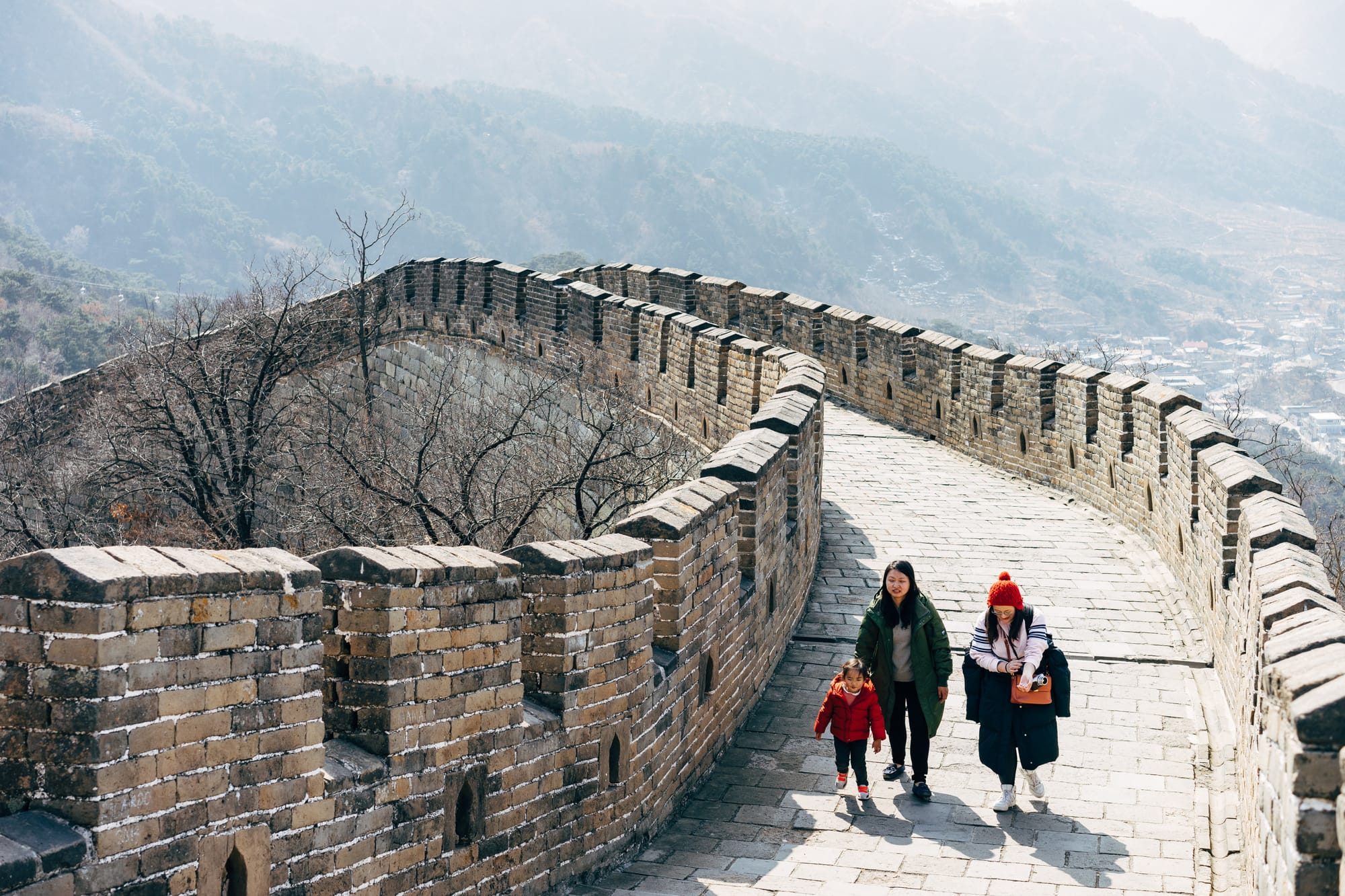

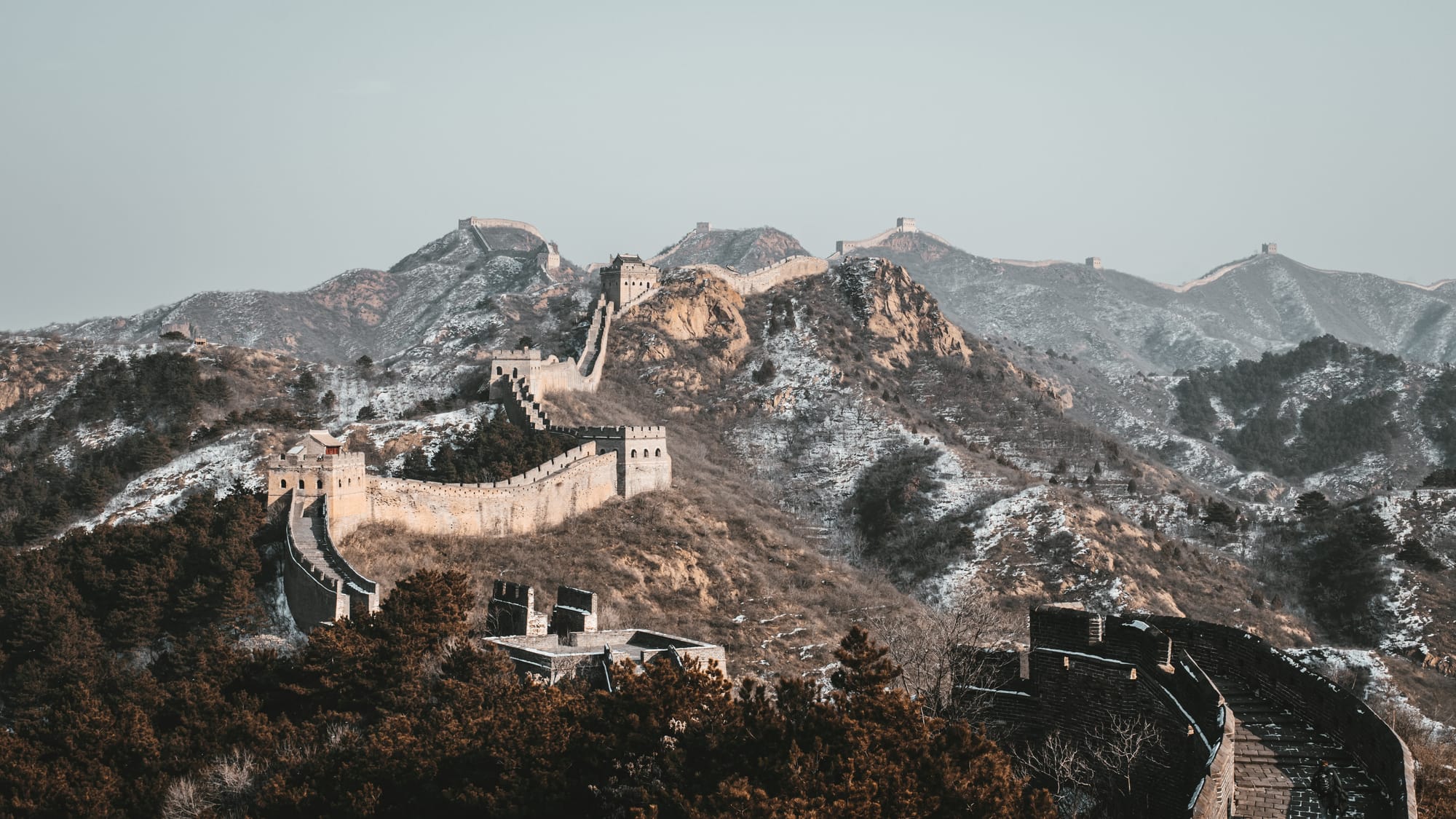
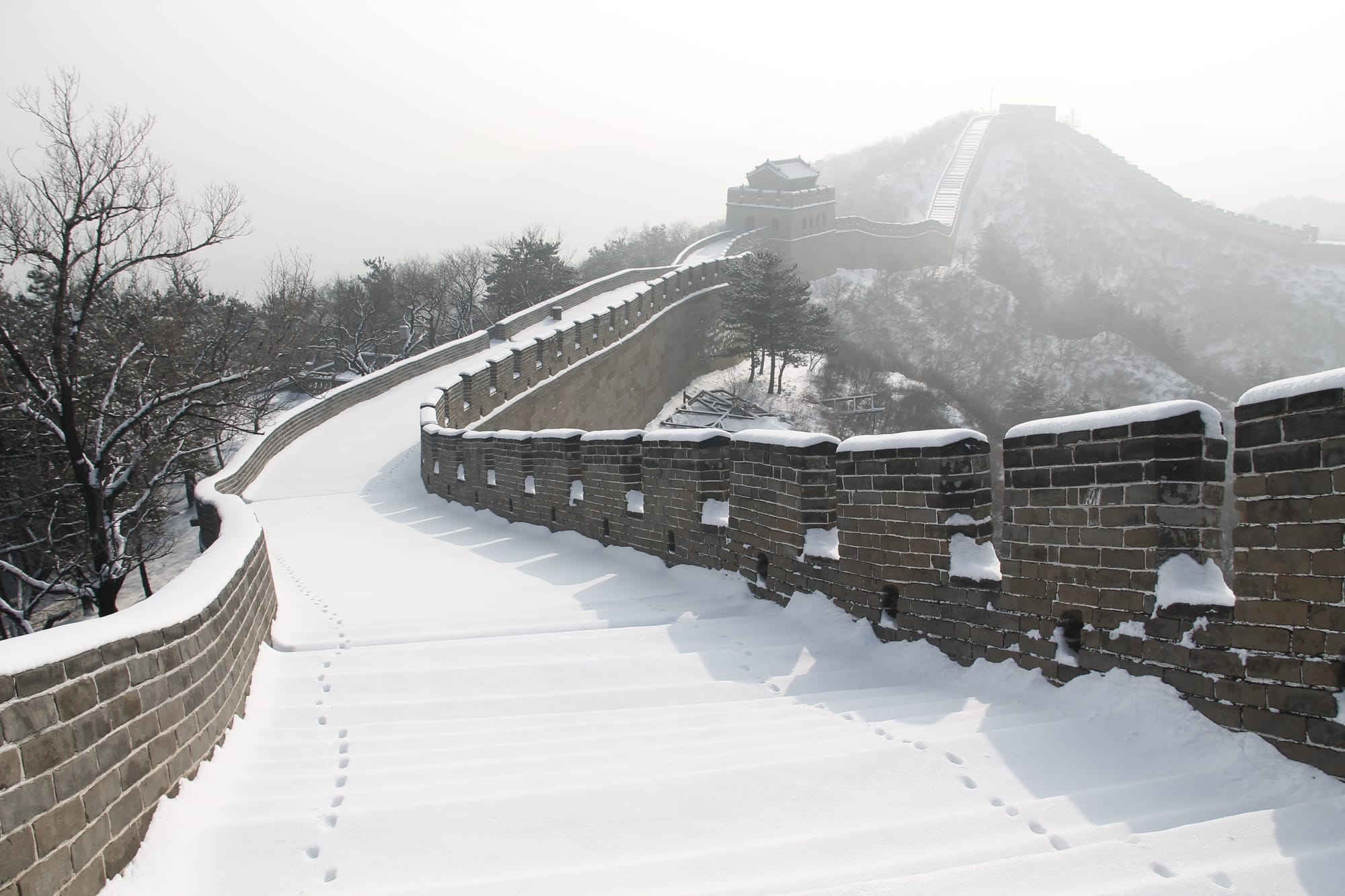
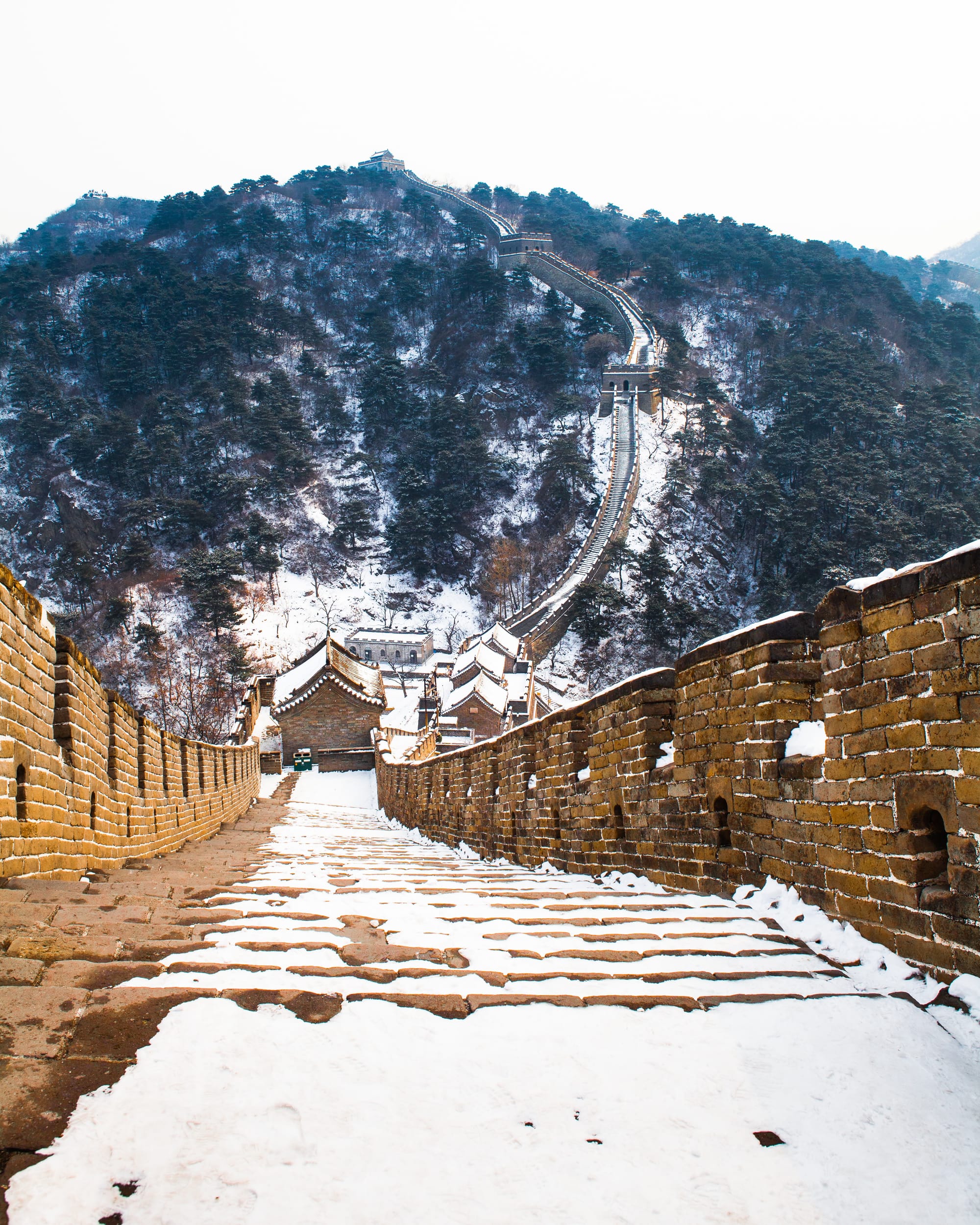
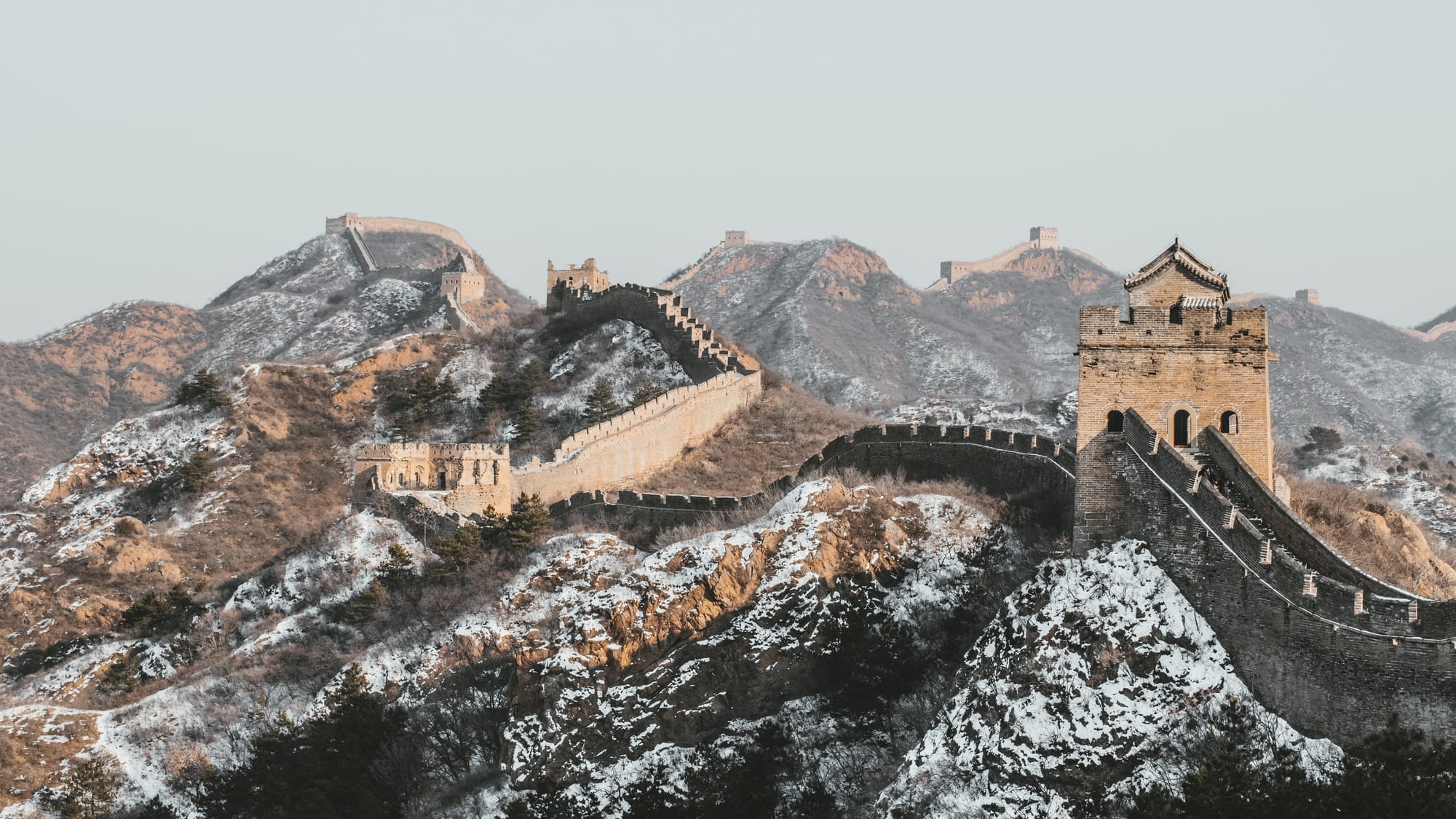
Probably one of the most magical scenes emerges during Winter with the snow-covered walls. The white creates a contrast of textures with the rocky mountains that surround the Great Wall.
Sections near Beijing: Juyongguan Great Wall (38 miles from downtown) and Mutianyu Great Wall (47 miles from downtown)


